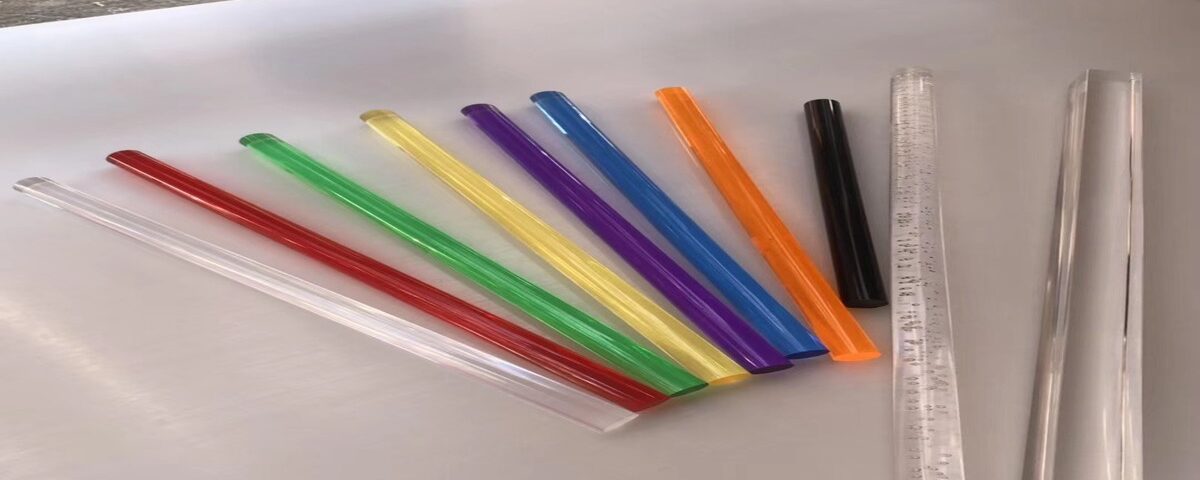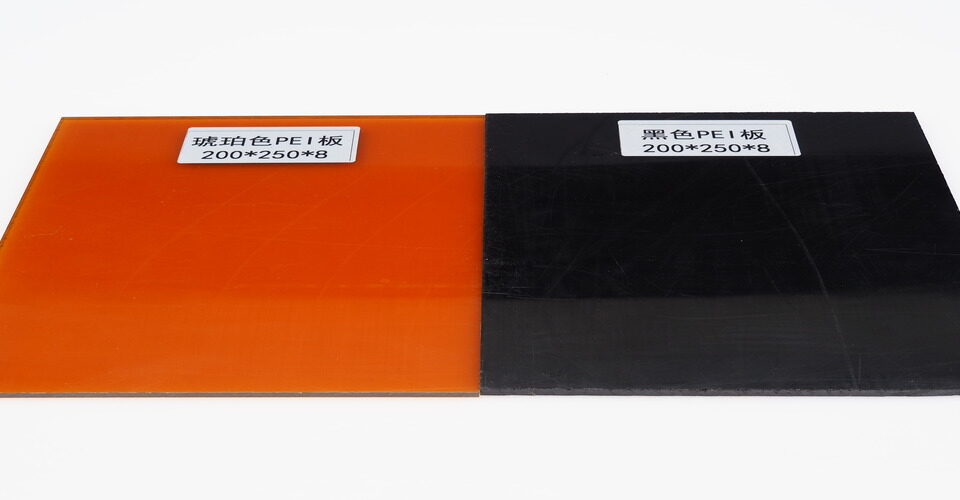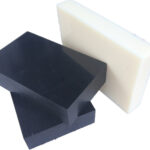
Is ABS Plastic Better Than PVC?
November 1, 2024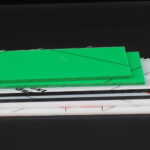
What is PE Plastic Used For?
November 4, 2024Polymethyl methacrylate (PMMA), commonly known as acrylic or plexiglass, is a versatile thermoplastic used in various applications. But is PMMA a good material? Let’s explore its properties, advantages, and limitations.
Properties of PMMA
PMMA is known for its excellent optical clarity, which makes it a popular choice for applications requiring transparency, such as lenses and displays. It has good weather resistance, making it suitable for outdoor use, and boasts a low density, making it lightweight compared to glass. PMMA also has good impact resistance, though it is more prone to scratching.
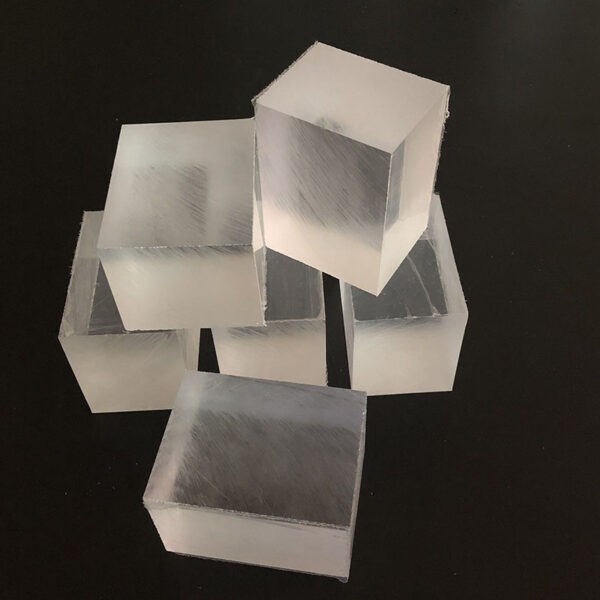
Advantages of PMMA
One of the primary advantages of PMMA is its ability to be easily molded and fabricated, allowing for intricate designs. It can be colored and has a high degree of UV stability, which prevents yellowing over time. Additionally, PMMA can be more cost-effective than glass, especially in larger applications. Its chemical resistance is decent, making it suitable for use in various environments.
Limitations of PMMA
Despite its advantages, PMMA does have limitations. It is less impact-resistant than polycarbonate, which can be a concern in high-stress applications. PMMA is also susceptible to scratching and can degrade under prolonged exposure to certain chemicals. Its thermal resistance is limited, making it unsuitable for high-temperature applications.
Conclusion
Overall, PMMA can be considered a good material for many applications, particularly where clarity and aesthetics are crucial. However, it’s essential to weigh its advantages against its limitations based on specific project requirements.


